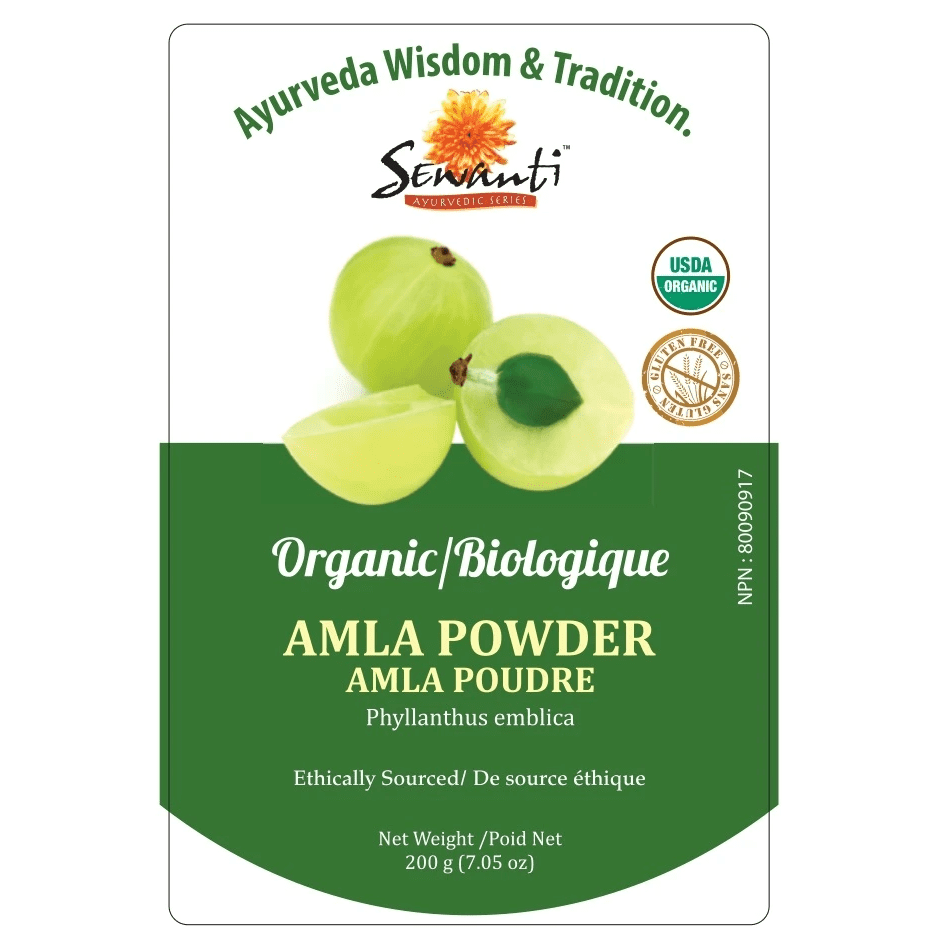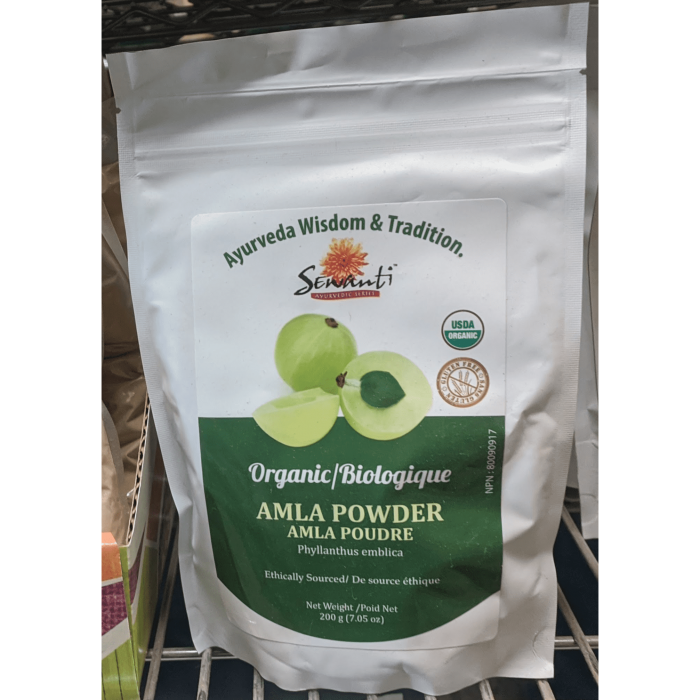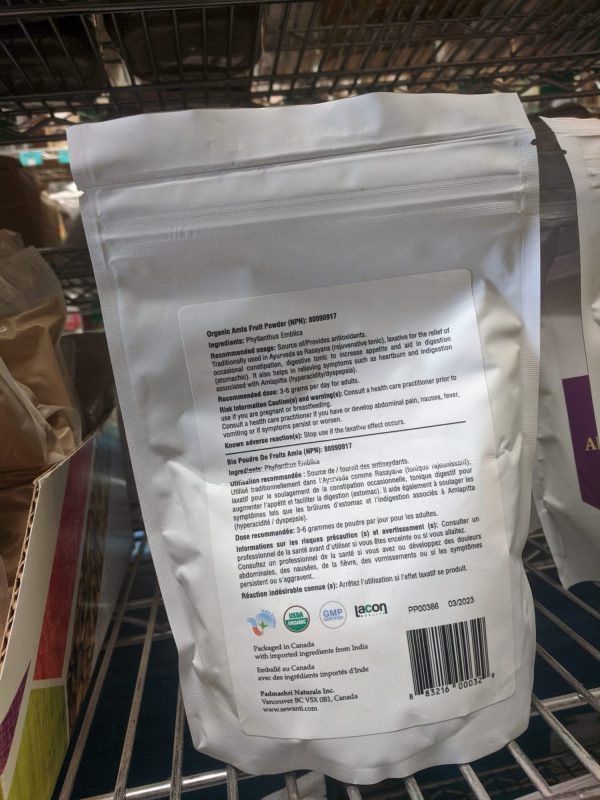Amla is a popular term used for the indian gooseberry.
Herbal Uses for Amla Powder
boost immunity
physical rejuvenation
treat common cold
antiviral
promote hair growth
improve skin health and complexion
anti-aging
assist with constipation
promote scalp health and cure dandruff
anti-inflamatory — relieve pain — often discomfort related indigestion or ulcurs.
help regulate cholesterol
help cure ulcers
treatment against head lice
help eyes
burn fat
laxative
Nutrition
anti-oxidants
vitamin C
fiber to aid digestion.
calcium
tannins
phosphorus
iron
AMLA USAGE
Consumption
Amla has a bittersweet flavor on its own, so it usually combined with juice or honey for pleasant taste. Amla is often made into tea, boiling amla powder with ginger, and adding honey to it for taste.
Topical Application For Healthy Skin or Hair
If you’d like to make your own amla paste, you’ll need to choose another ingredient to mix it with. There are various ways of making mask, including mixing it vegetable oils, honey, or yogurt.
Simple Mix
The simplest mask is mixing two parts amla powder with one part water and applying that to your skin or scalp.
Mixing Amla With Vegetable Oil
Another way of making amla paste is heating up 5 tablespoons of oil and adding 1 tablespoon of amla powder to it, just briefly leaving it on the heat. Coconut oil is reputed to be a good choice of oil for this.
Amla and Honey Mask.
1 part amla powder with four parts honey, eg one tablespoon of amla mixed with 4 tablespoons of honey.
Egg and Amla For Hair
Combine two eggs with 1/2 cup of amla powder and mix together. Makes a protein-rich hair treatment.
The word amla originates from the Sanskrit word amalaki. It is the deciduous tree of the family Phyllanthaceae.
Recommended dose, as herbal tonic:
3-6 gms per day for adults. 1 serving = 1 gm = 1/4 teaspoon.



















Reviews
There are no reviews yet.